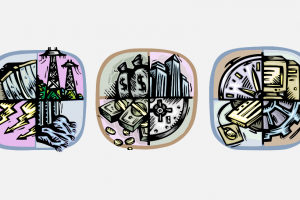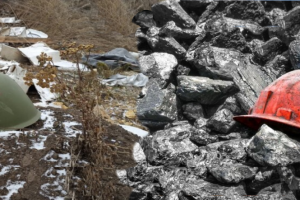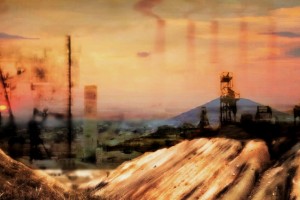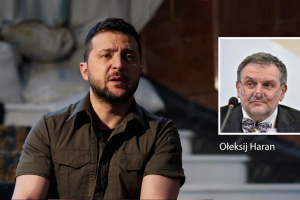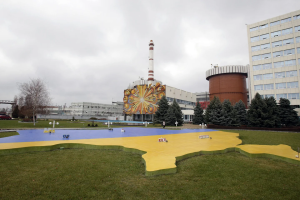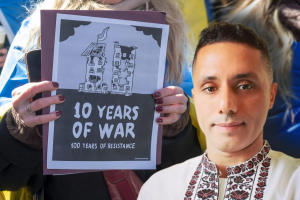Online-journal "Eurasian Geography and Economics" has published the article "Identity, war, and peace: public attitudes in the Ukraine-controlled Donbas", written by Olexiy Haran, Maksym Yakovlyev and Mariia Zolkina.
In this research authors present their view on strengthening Ukrainian civic nation, despite the fact of Russia’s expectations and military intervention into Ukraine. As a number of polls demonstrate, since 2014 there is a growing trend that the vast majority of Ukrainians, also in the government-controlled areas of the Donbas, identify themselves, first and foremost, as Ukrainian citizens. Regional and local identity is not their primary choice anymore and there are clear indicators of a strong civic identity that favors a unitary Ukraine. The lack of progress for a solution of the conflict in the Donbas impacts upon Ukrainian public opinion which, in turn, puts pressure on the Ukrainian authorities: there is a wide acceptance of a diplomatic solution to the conflict and readiness for some compromises but the reintegration of the occupied territories should take place according to pre-war conditions, without any federalization of Ukraine. Also, without establishing a stable security regime in the Donbas there is little support for an implementation of the political part of the Minsk-2 agreement. However, closer to the frontline, the more Ukrainians are ready for compromises. The promise of peace by new President Volodymyr Zelenskyy puts a question on what compromises his team may accept and justify in the eyes of Ukrainians.
__________________________
This analytical material was presented by the Ilko Kucheriv Democratic Initiatives Foundation as part of its project implemented under the USAID/ENGAGE activity, which is funded by the United States Agency for International Development (USAID) and implemented by Pact. The contents of this analytical material are the sole responsibility of Pact and its implementing partners and do not necessary reflect the views of USAID or the United States Government.

